Table of Contents
Introduction
We’re all familiar with Linsoul. One of the biggest chifi retailers in recent times which had also branched out into the OEM scene with the IEM-centric ThieAudio, and more recently with the headphone-centric HarmonicDyne brand.
HarmonicDyne began with the $180 Helios, a headphone that I found acceptable but nothing mindblowing. Then we had the Zeus, a headphone that embodied the soul of “warm tuning” that was actually pretty decent, if a little esoteric.
Now HarmonicDyne enters the realm of the in-ear with the P.D.1, sporting an unusual planar/dynamic hybrid setup with a price tag of $380. With the Zeus sitting at a paltry $350 MSRP this technically makes the P.D.1 HarmonicDyne’s newest flagship product, so expectations will be high.
Let’s get down to business and answer the usual: how good is the P.D.1 actually?
Product page: https://hifigo.com/products/harmonicdyne-p-d1-planar-driver-hifi-in-ear-earphones-iems
MSRP: $380
Driver configuration: planar + DD hybrid
This P.D.1 was kindly provided by HiFiGo.
Signature & Tonality
Not sure how to read graphs? Click here
The P.D.1’s sound signature can be described as… V-shaped? U-shaped? There’s certainly an emphasis in the bass and treble regions to justify either classification, though the midrange isn’t as exactly what I’d consider as truly “recessed”. I guess for the sake of assigning a single descriptor, “U-shaped” would be the most accurate.
Let’s just rip the band-aid off; the P.D.1’s tonality is terrible. Thankfully it’s not as bad as other open-backed planars like the iSines (and other similar ilk), but in its raw state the P.D.1 is still far from palatable. The midrange is shouty and unnatural on virtually all instruments, and the treble timbre is probably some of the worst I’ve heard in an IEM. Calling this “coloured” would be putting things nicely, though I’d prefer to just call this “weird”.
Really the only real redeeming quality of the P.D.1 is the bass response, though even then it’s just passable and nothing special in comparison to other similarly-priced IEMs. At the end of the day, the odd hollow quality that permeates the P.D.1’s entire presentation simply cannot be ignored, even if it somehow had the best bass in the world.
If you’re hoping that this will be our elusive “well-tuned planar-DD IEM”, don’t bother. Just another case of S.S.D.D. with the P.D.1.
Tone grade: D+
For more information on the grading system, click here
Technicalities
It’s not terrible.
It’s certainly not blunted like the original Tin HiFi P1 but unfortunately can’t hold a candle to the “full-sized” planars like the Audezes or even the Gold Planar GL20. There’s a good amount of clarity and sharpness going on in its notes but still lacking the finer details especially up top in the treble, where it sounds sharp but not necessarily resolving more detail.
The hollowed feel helps to give the P.D.1 an illusion of wider soundstage, but at the cost of its imaging performance. The P.D.1 in my possession was not wired out of phase by any means, but there were certainly some instances that make me double-check. Instrumental placement is simply all sorts of wrong.
At the end of the day the P.D.1 won’t be winning awards on technical front, that’s for sure.
Technical grade: B-
For more information on the grading system, click here
Valuation
$380. I just don’t see it.
The P.D.1 would be lucky to get any sort of attention at $38, so an MSRP that’s closing in on $400 is absolutely asking for far too much. With so many flaws and problems going on both tonally and technically, HarmonicDyne will need a complete overhaul of the P.D.1 to even be considered for the 1-star. If you ask me if the P.D.1 is “worth the price” at this point, I’ll probably prefer to just laugh.
Well, buy one for the build quality I guess. But as a music-playing IEM… no.
Value Rating: N/A
For more information on the grading system, click here
Conclusion
Admittedly the P.D.1 is HarmonicDyne’s first IEM, so I’ll give them the benefit of the doubt on this one.
Regardless, the P.D.1 is a tonal mess with imaging problems that does not deserve its price tag. If you have $400 to burn, either look elsewhere or consider very, very carefully.
Grade: C-
Awarded grades are in reference to the Ranking List.
Support me on Patreon to get access to tentative ranks, the exclusive “Clubhouse” Discord server and/or access to the Premium Graph Comparison Tool! My usual thanks to all my current supporters and shoutouts to my big money boys:
“McMadface”
Timmy
Man Ho
Denis
Alexander
Tiffany
Jonathan

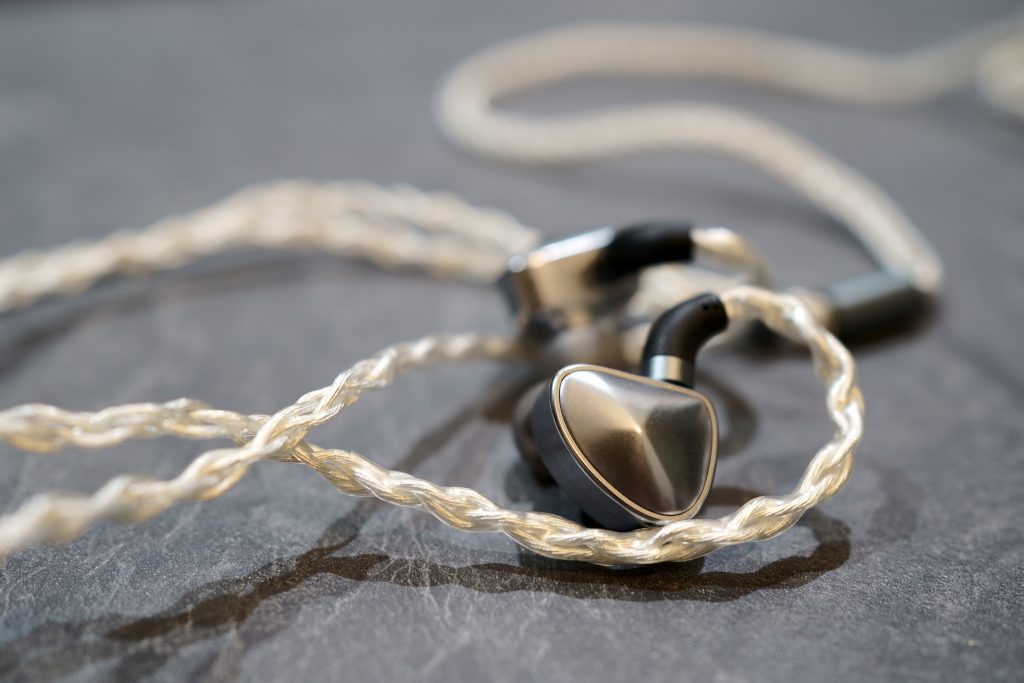








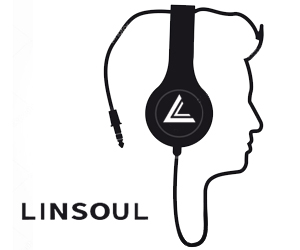

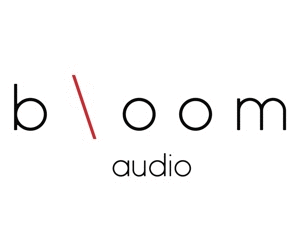
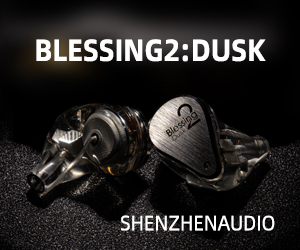
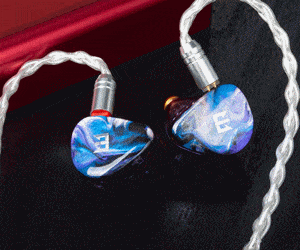

8 thoughts on “HarmonicDyne P.D.1 Review: Plane Pain”
C- seems awfully generous for something that basically seems unlistenable 🙄?
I mean, there are certain headphones on IEF that are kinda like that too, such as the Audeze planars and the Stax e-stats (with a rare few exceptions), horrible tonality paired with acceptable to exceptional technicalities, which earns It a mediocre score around C.
Antdroid gave these even a worse grade, I’m kind of surprised Crin gave these a C- despite the horrible tonality.
Well, D+ for tone is kinda horrible…
What are you talking about folks, the rating is pure mathematical consistency. D+ = 103, B- = 171, averaging to 137, which is… okay, it’s actually closer to C than C-, but I guess crinacle adjusted for some personal preference (numbers from here in the comment by crinacle: https://www.reddit.com/r/inearfidelity/comments/nxo079/data_analysis_of_iem_rankings/ ). And, if you’re using a PC, you can equalise almost anything to a perfect tone, so tone isn’t even important, example: https://crinacle.com/graphs/iems/gold-planar-gl20/
The proper rank values and calucations can be found here: https://crinacle.com/2021/03/20/the-update-where-393-iems-get-added-to-the-ranking-list/
“And, if you’re using a PC, you can equalise almost anything to a perfect tone, so tone isn’t even important”
Yes, you can equalize everything to sound like a HE-1, or anything you’d prefer, and that is pointless, because you can’t see how companies differ from each other, how they want their products to sound, you don’t get to see how other people view this product as everybody else is also EQing it to what they perceive as “the best”, there is no more variation and diversity left, what’s the fun in that? This is why IEF, and many others only rate audio equipment based on their RAW SONIC PERFORMANCE, because that shows how much time, money and effort a company is willing to spend on their product, and reviews from different audiophiles can show many pros and cons of that headphone/IEM, allowing you to see multiple perspectives and making a wise choice to purchase the most fitting equipment that was intended to perform that way naturally. Probably the average consumer doesn’t think about this, as they just want something they like, but I find this to be one of the reasons why this hobby is actually meaningful.
Absolute nonsense! This is not true! PD1 are great headphones! You don’t seem to understand anything!